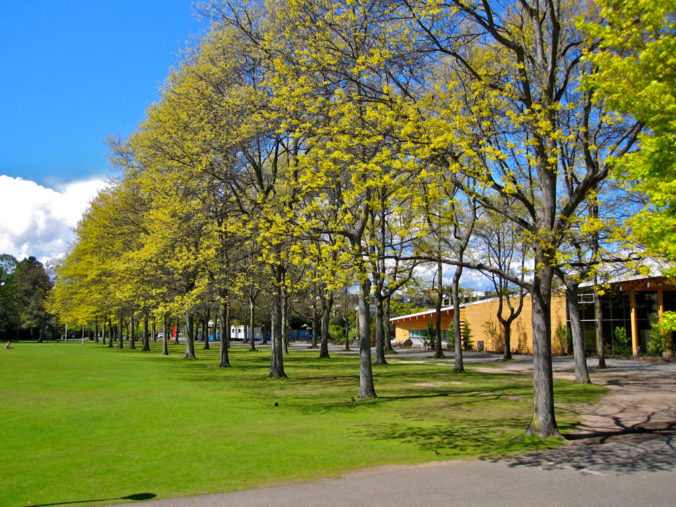
- What does it mean to network using social media?
Networking is a skill to connect with others that is beneficial for both parties. Networking using social media means applying these skills that would usually take place in person at networking sessions, but now using social media apps. These social media apps such as Instagram, Twitter, LinkedIn, Facebook, Zoom, etc., allow users to network at their fingertips sending direct messages and reposting stories to exchange information with other users with the same intentions. With the outbreak of Covid-19, there is no better time to use social media to network. Social media networking is a life skill to learn. Social media is limitless in the range allowing a user in Toronto to connect with another user in Sydney, it is best for us to capitalize on this opportunity to network with relevant peers from around the world to improve our lifestyles.
- How are we motivated to participate in networked publics?
We can be motivated to participate in networked publics for the benefits that it offers. The motivations can stem from what the individual is seeking to gain. There are many factors, an individual who would usually be afraid to voice their opinion in front of many others wouldn’t be so nervous on social media which would make them more comfortable. Strong ties allow for active collaboration on knowledge creation, whereas weak ties are sources for new information, knowledge and ideas (Bell, 2010; Gargiulo and Benassi, 2000; Jones, 2008; Jones, et al., 2008; Ryberg and Larsen, 2008; Wenger, 1998). The more involved an individual is, the ties will naturally become stronger.
- What are the risks & rewards of public communications?
The reward of public communications is how diverse it is to build relationships and come up with creative ideas, there is a lot to learn for everyone. There are many opportunities for all parties and everyone can stay connected. The risk of public communications is everything that happens online stays online, there is little to no privacy. All social media apps collect our data and ideas that are shared with each other. Since so much information can be stolen, it would be best for everyone to understand and be aware of the underlying negatives that come with using social media and the internet.
References:
Rajagopal, Kamakshi, et al. “View of Understanding Personal Learning Networks: Their Structure, Content and the Networking Skills Needed to Optimally Use Them: First Monday.” View of Understanding Personal Learning Networks: Their Structure, Content and the Networking Skills Needed to Optimally Use Them | First Monday, 27 Aug. 2011, firstmonday.org/ojs/index.php/fm/article/view/3559/3131.


Recent Comments